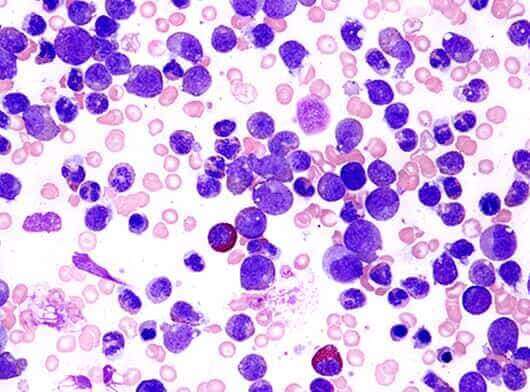CLL (Chronic Lymphocytic Leukemia) is a typically slow growing blood cancer found in a type of white blood cell called a B-lymphocyte (lymphocytes are the predominant cells in lymph tissue). (See the commentary on Diagnosis)
CLL begins when a single white blood cell, specifically a B cell lymphocyte, mutates and becomes cancerous. This single cell replicates, cloning itself. These CLL clones do not function like normal disease-fighting lymphocytes. Although the body’s lymphocyte count increases, the CLL lymphocytes (which are often the bulk of the lymphocyte count) are not helpful to your immune system.
Radiation exposure from Chernobyl and exposure to Agent Orange have been associated with an increased risk of CLL. There is an unproven association with multiple prior episodes of pneumonia. There is no known increased risk from exposure to solvents and chemicals such as benzene that are proven to be associated with other blood cancers.
SLL stands for Small Lymphocytic Lymphoma. Because CLL is found in lymph nodes as well as the blood, CLL is classified as both a leukemia and a lymphoma. But CLL and SLL are the exact same disease, with CLL and SLL cells being exactly the same under a microscope.


